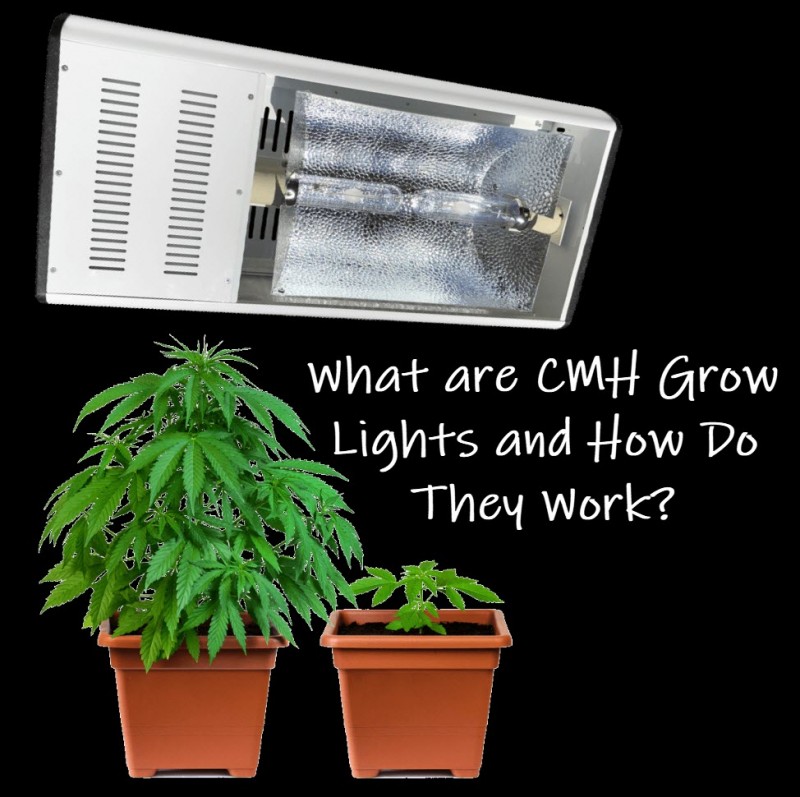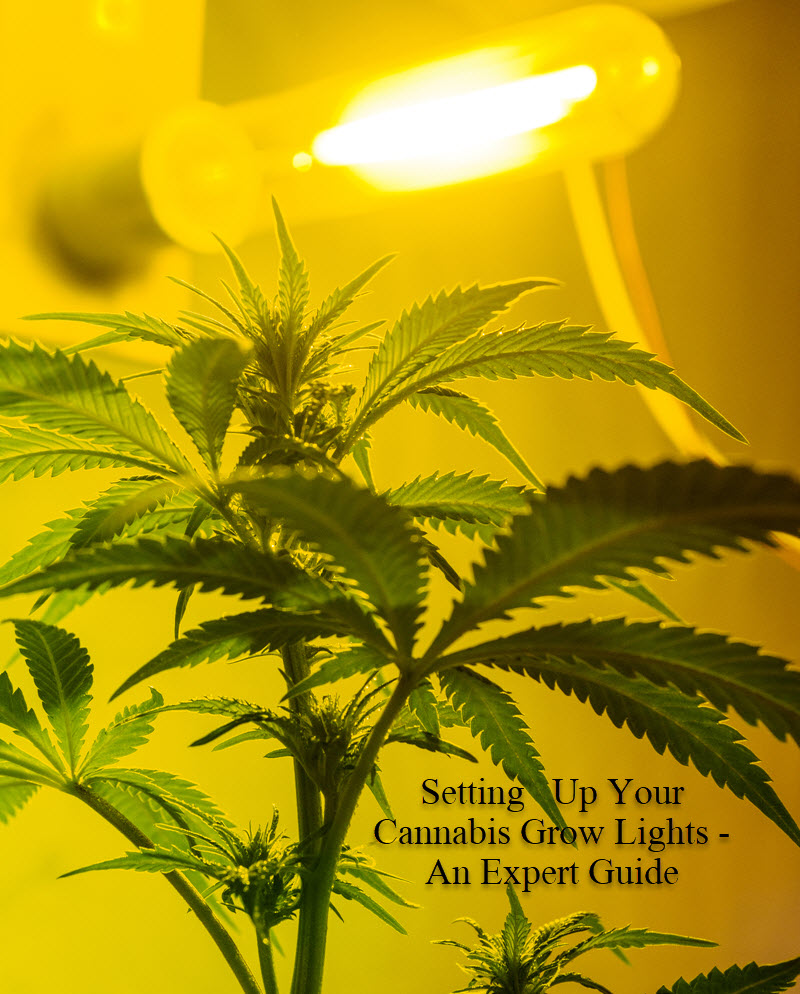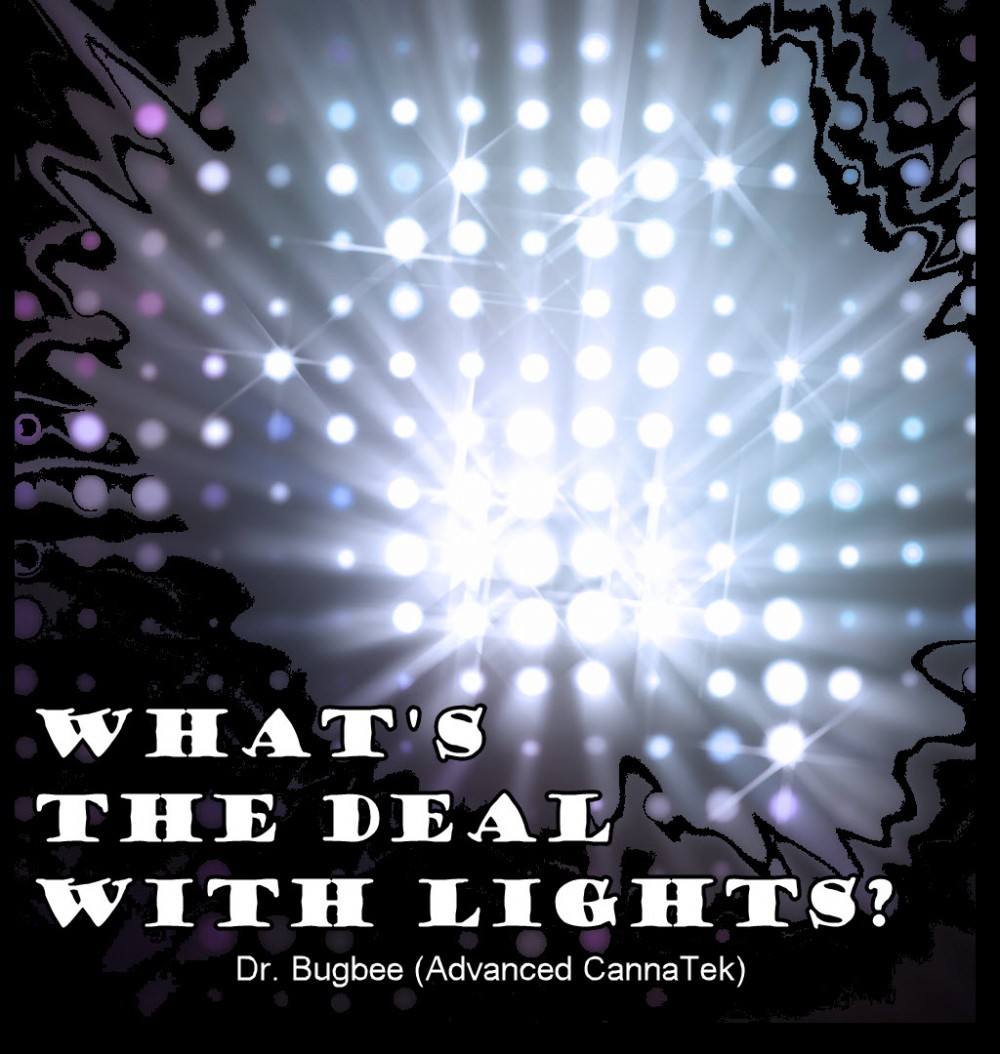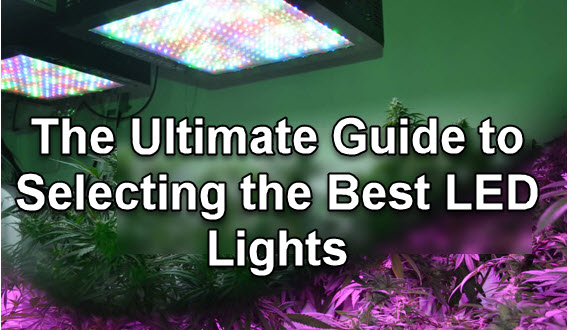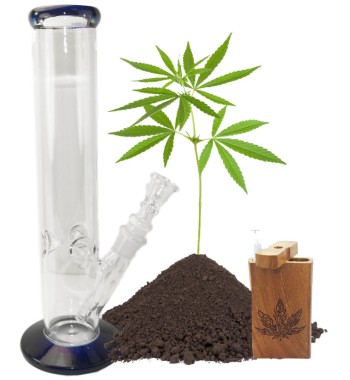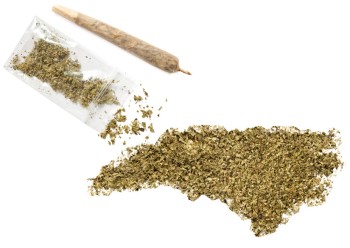Shedding more light on…Lights! - CannaGrowTek
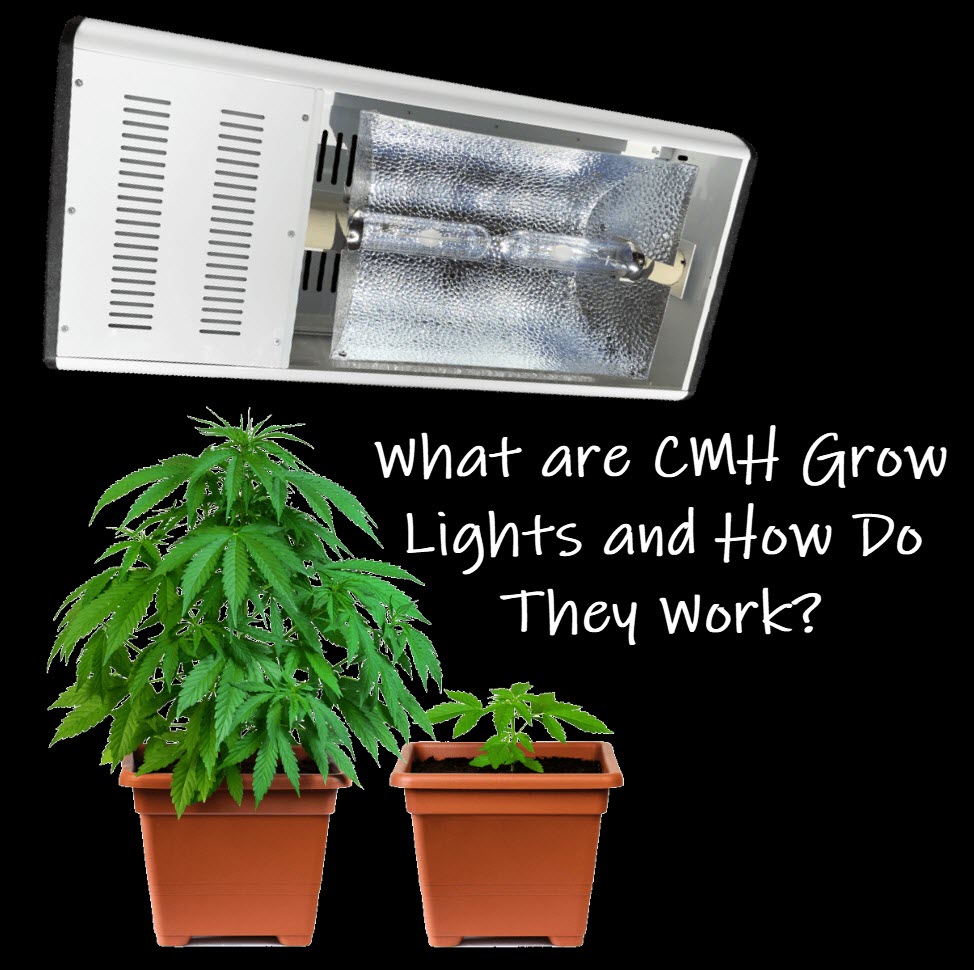
Ah yes – finding a light source! The other day we were talking about being able to grow cannabis with virtually any light source – the only difference being the size of the crop among other things. This means that anyone with a decent Compact Florescent Light (CFL) can technically grow weed and make a successful harvest.
However, let’s say that you’re interested in pushing for the “larger yield” as opposed to simply the “Functional yield” – what would be the best approach? Do you go for a Full-Spectrum LED set up or do you go for an energy-intensive HPS solution? What’s all this about CMH lights? Hell – what even is CMH?
While growing cannabis is rather a very straightforward endeavor – seed, earth, water, sun, wind & of course “love” – however, when you start trying to push the plant to its limits; things can get more complicated.
This is why today we’re going to be focusing on one of the lights that I’m finding to be my favorite if you’re a small-time grower trying to find a cost-effective and high-yielding light source. I am talking of course about CMH – or commonly known as Ceramic Metal Halide Lights.
Let’s take a closer look, shall we?
What’s the fuss about CMH?
For those who might not be familiar with CMH – it’s essentially one of the best High-Intensity Discharge Grow Lamps or HID for short – on the market at the moment. In terms of PAR Spectrum – Photosynthetically Active Radiation – it’s fairly close to the natural PAR of the sun – making it an exceptional “rounded light”.
Of course – the CMH also has its disadvantages compared to other light systems. For example – HPS is “cheaper” on initial installation costs and produces slightly more punch when it comes to flowering stages – however, these “advantages” wear thin over time when compared to the efficiency of CMH.
However, a major disadvantage is the initial cost – which can set you back some $500. This might be “too rich” for some growers and if this is the case for you – I recommend any light within your budget. Even if that means that you’re using three CFL’s strung together with shoddy-wiring practices. Ultimately – the goal is growing weed.
Nonetheless – if you are considering upgrading the lighting in your grow op and are thinking about a viable option – CMH might be a bit more expensive initially than HPS – but over time it gives you more bang for the buck.
Benefits of CMH
There are several key factors that make CMH lights great. For example – they are typically rated for universal positioning – meaning that these lamps can be placed both vertically and horizontally within a grow. Sure – most people will approach their grow with the traditional “horizontal” layout – however, for those who want to get a bit crazy and strap these lights around their grow – it’s also a possibility!
In terms of spectral range – the light is by far one of the top competitors in the marketplace. Perhaps – there are other lights that have more focused spectrums, however in terms of sheer range – CMH lamps take the proverbial cake.
While the CMH does produce significant heat – it is far less than the HPS and in terms of energy use, infinitely superior to HPS. In terms of duration, you can expect at least 20,000 hours of use at fairly high-efficiency. After this point – you can expect the lights to continue to work at 80% efficiency for the next 4,000 hours or so.
Compare this to your typical HPS or MH – which gives you roughly 10,000 of efficient duration – the CMH is by far a more cost-efficient investment. In fact, considering duration – you would need 2 HPS during the life-cycle of 1 CMH.
What are the downsides?
As with everything in life – there are a few downsides to CMH lamps.
As we mentioned earlier – heat is one of the problems. Unlike a CFL – which you can pop into a closer and not give two shits about – CMH will produce significant heat. If we compare it to HPS – it is far less, but it does produce heat nonetheless. You’ll need to have sufficient ventilation to ensure that you don’t fry your plants.
Initial costs are also quite inflated. For 400W HPS (Ballast, Reflector and Bulb) – you’re looking at dishing out about $200. When it comes to CMH – you’re looking closer to $500.
However, with lower energy usage and longer duration – it’s essentially $100 more expensive than HPS with a lot of additional benefits.
Bottom Line
In the end, your budget and your access will determine what type of light sources you’ll be utilizing in your grow – however if you are thinking about upgrading your light system, consider CMH. I hope that at least this article put CMH on your map.
Most growers I have spoken to [that use CMH] are very satisfied with the results. Do you use CMH? How has it been working for you?
WHAT ARE GOOD MARIJUANA GROW LIGHTS, READ MORE...
THE GUIDE TO MARIJUANA GROW LIGHTS, READ THIS FIRST.
OR..
WHAT ARE THE BEST LIGHTS FOR A CANNABIS GROW?
